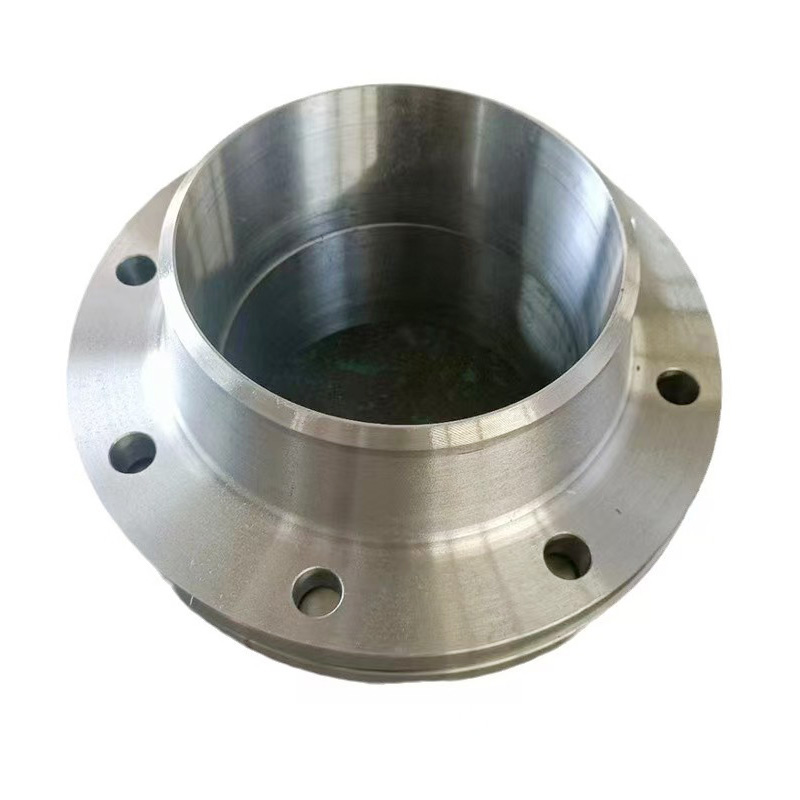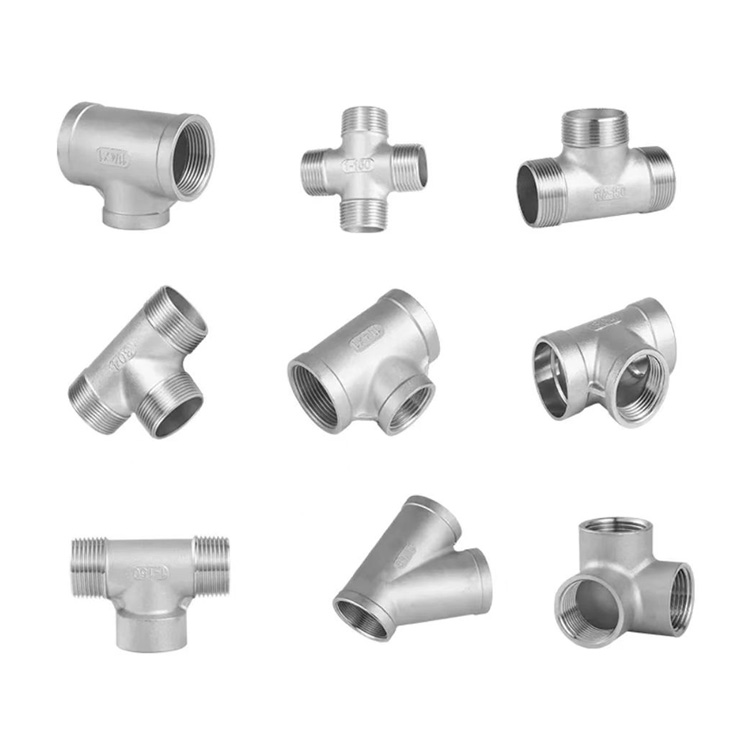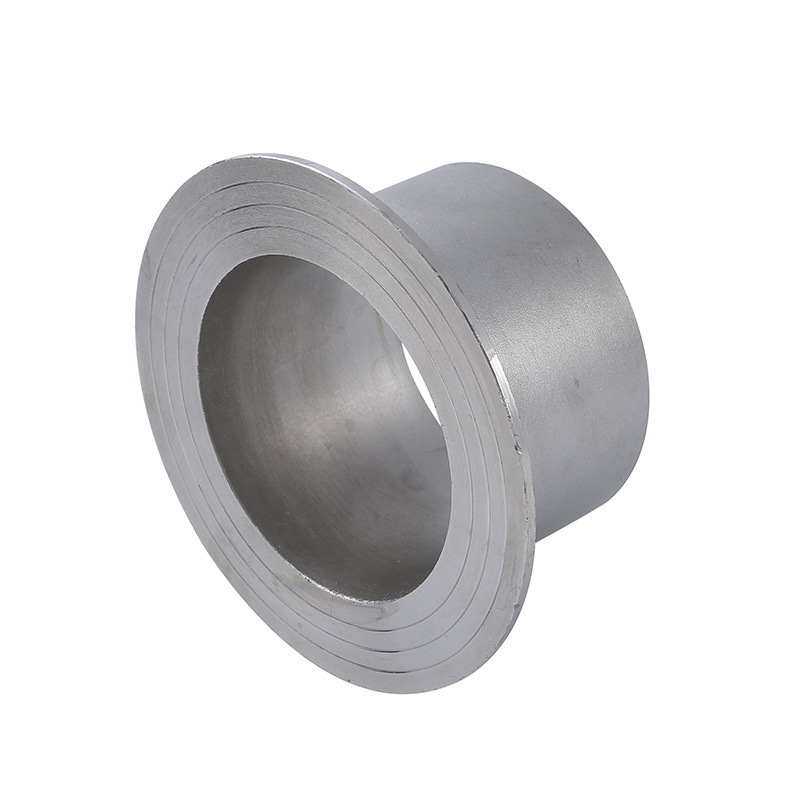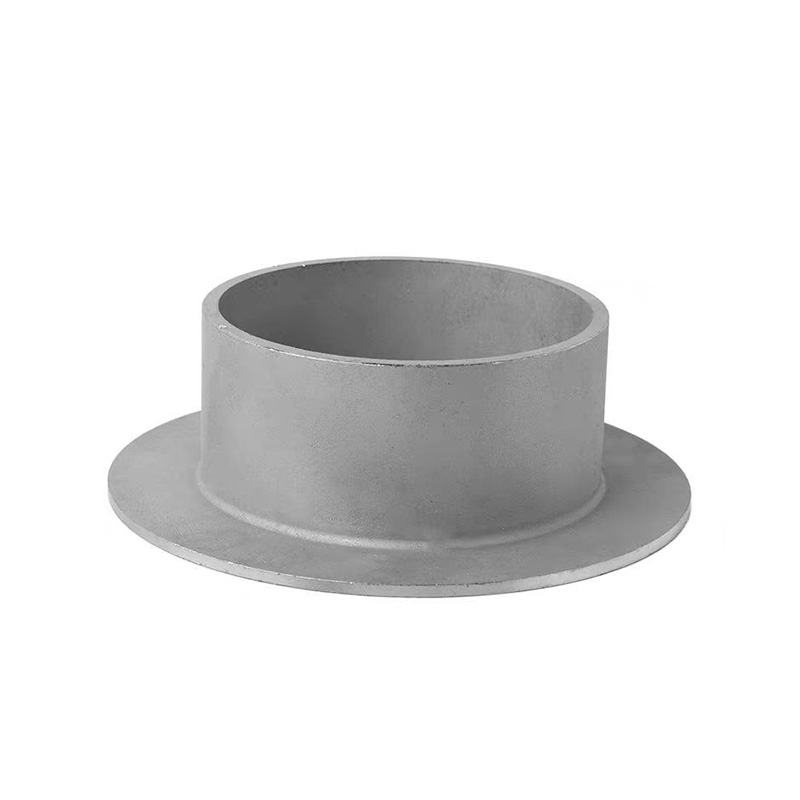Application and Selection of Reducers in Petroleum and Petrochemical Piping Systems
2025-06-26 16:28:57

Applications:
Reducers are widely used in various parts of oil and gas facilities, including:
Diameter Transitions:
When different equipment or process units require varying pipe sizes, reducers are installed to ensure a gradual and controlled change in pipe diameter. This helps avoid flow disturbances and mechanical stress.
Pump and Compressor Systems:
At pump inlets and outlets, reducers are essential. Eccentric reducers are typically used on suction lines in horizontal piping to prevent air entrapment, while concentric reducers are used in vertical piping systems to maintain balanced flow.
Instrumentation Areas:
In locations where accurate measurement is required, reducers help maintain a stable and laminar flow profile, which improves the performance of pressure gauges, flow meters, and other instruments.
Layout Flexibility:
In areas with space constraints, reducers allow engineers to adjust pipe diameters without requiring complex routing or fittings.
Selection Guidelines:
Reducer Type:
Choose concentric reducers when a symmetrical flow transition is needed, especially in vertical piping. Use eccentric reducers in horizontal pipelines, particularly when handling liquids, to avoid gas accumulation at the top or solids at the bottom.
Material Compatibility:
The reducer material should match or be compatible with the connected pipes, taking into account corrosion resistance, chemical compatibility, and temperature tolerance. Common materials include carbon steel, stainless steel, and special alloys.
Pressure and Temperature Ratings:
Reducers must comply with system pressure and temperature requirements and adhere to recognized standards such as ASME B16.9 to ensure performance under operating conditions.
End Connection Type:
For high-pressure and high-temperature systems, butt-welded reducers are preferred for their durability and leak resistance. Threaded or socket-welded reducers are more suitable for small-diameter or low-pressure pipelines.
Flow Efficiency:
The internal surface of the reducer should be smooth to reduce pressure drop and prevent turbulence. This is especially important in systems with high flow rates or where precise control is needed.
In conclusion, the correct application and selection of reducers are vital for the efficiency and longevity of petroleum and chemical pipeline systems. A well-chosen reducer ensures smooth flow transitions, minimizes system losses, and supports safe and stable operation.

AWeld Neck Flange (WN Flange)is a type of piping flange designed to be welded to a pipe or ...

Socket fittings are essential components in piping systems, designed to connect, branch, or...

Welding ring is a commonly used metal ring component in pipeline connection or equipment do...

Welding ring is a pipe fitting used for pipeline connection. The following is its detailed ...






